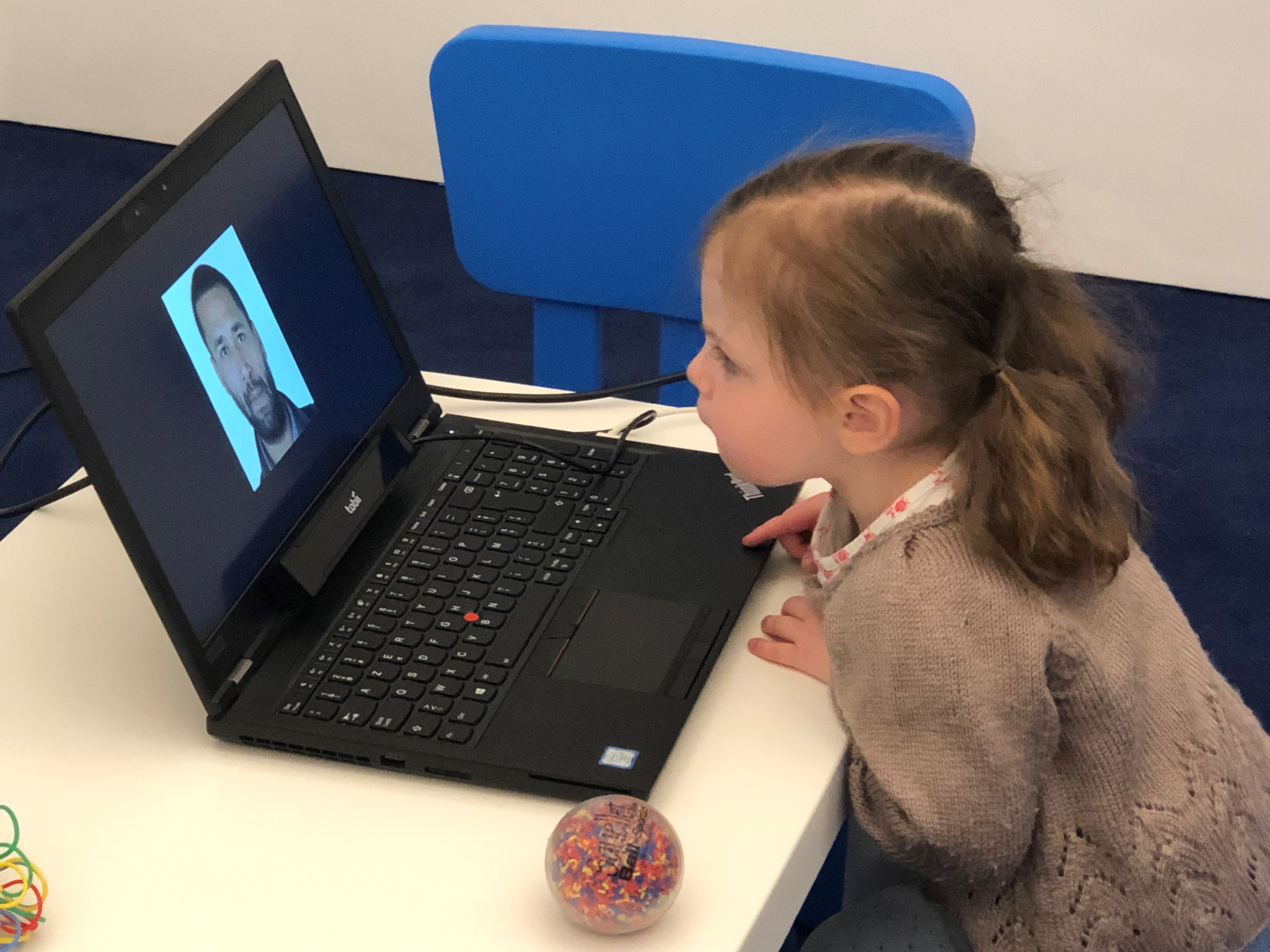News
Detecting autism early
August 26th 2020
Candice Leblanc
Project DepistEye is a screening tool for autism spectrum disorders. It was designed by a team of linguists and neuropsychologists at ULB, and its goal is the early detection of disorders that often go unnoticed.

Currently, there is less talk of autism and more of autism spectrum disorders (ASDs), and for good reason. ‘ASDs—which affect more than one in every 100 children—are very diverse,’ explains Fanny Stercq, a linguist at ULB and the coordinator of project DepistEye. ‘The severity, symptoms, and comorbidities vary from one patient to the next; this complicates and delays screening and diagnosis, especially for less severe and/or less typical forms of ASD. Unfortunately, a delayed diagnosis means missing a small window of opportunity for early intervention that could make a significant difference.’
Language, a major source of anxiety for families
This is especially true when it comes to language. ‘Half of all children diagnosed with an ASD have a language delay,’ explains Fanny Stercq. ‘Ultimately, 30% of them do not develop functional language. This is a major source of anxiety for families…’ Indeed, without language, communication and social interaction are more challenging while autonomy is limited during adulthood. This is why linguist Mikhail Kissine(1) and neuropsychologist Gaétane Deliens, both researchers at ULB, have developed an early screening tool for ASDs. The project is supported by the First Spin-off programme of the Walloon Region and a private foundation.
Screening for ASDs using eye-tracking technology
This screening tool uses eye-tracking technology(2) and a neuropsychological method to evaluate the language development of young children. A key step in this process, for instance, is the ability to relate sounds and images. ‘We show children a video in which sound and picture are in sync, then one in which they are out of sync,’ explains Fanny Stercq. ‘Normal children can tell the difference as early as 9 months. Our method lets us analyse the child’s gaze and determine if they can tell which video is in sync.’
At the test’s conclusion, an ASD risk score is calculated. Suspect cases can then be referred to an autism diagnostic centre.
Very promising results!
In order to validate their concept, the ULB researchers have conducted an initial study involving 120 children aged 3 to 5. ‘The first results are better than we’d expected! At least one of our metrics works!’
The next steps are the eventual creation of a spin-off, then a new study at a larger scale targeting project DepistEye’s target group: children under 3. ‘Our goal is to offer our tool to doctors,’ concludes Fanny Stercq. ‘Like the newborn hearing screening campaign, a universal screening test for ASDs would improve care for the affected children—especially considering that autism is more frequent than deafness.’
Notes:
- ACTE (Autism in Context: Theory and Experience) is a group headed by Professor Mikhail Kissine.
- Eye tracking, or oculometry, can record and analyse a subject’s ocular activity by tracking their gaze.

 My biopark
My biopark


